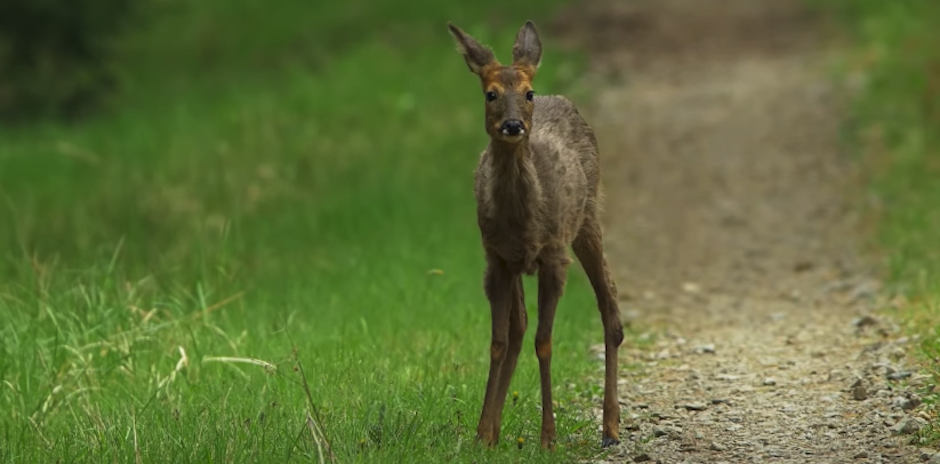About Deer: Appearance, biology, life cycle, habitat, diet, behavior
About Deer: Appearance, biology, life cycle, habitat, diet, behavior
Deer are ruminant warm-blooded animals. In the world there are available over 90 species deer. Deer have continuously showed up in craftsmanship and they moreover have a part in religious belief and mythology. They have a good contribution to the economy as well, and this includes skins that are traded as buckskin, the meat, and the horns that are utilized as sales of blades.
Deer used to live within the ranges that have diverse biomes, and these expand from the tundra to the humid rainforest. Although they are regularly related to the timberland, maximum time they live within the transitional regions found between the shrubberies and the woodland for covering and the savanna or grassland. Most deer species are found in savanna living spaces.
The appearance of the deer incorporates capable and extended legs, a humble tail, and lengthy ears. Deer have wide varieties in their natural properties. The biggest deer in presence could be a moose.
The deer select to eat new leaves, new grasses, lichens, and parasites with other edible shoots. Their diets patterns change with their eating habitat and seasons. Deer feed on flowers, leafy green plants, buds, and additional seasonal harvests during spring and summer. Most interestingly in the fall they start to eat nuts & corn.
Usually deer are active year-round, mostly throughout sundown and sunrise hours. Deer offer childbirth to one to three fawns in a year. Deer mostly communicate among them follow three ways like through body language, sounds & scent marking. Deer uses sound, bleats, snorts & mews for warning other deer of danger to determine dominance. They also play specific movements with their tails, heads, hooves, and ears to communicate with each other. Deer communicate their location through the discharge of elements through their saliva and urine.
Visit our Wildlife Trapper Bartow home page to learn more about us.

